




Glass surfaces can easily become stained with gloss paint, whether it’s from a messy painting project or accidental drips and spills. Removing gloss paint from glass can be a tricky task, but with the right techniques and a little bit of patience, you can restore your glass to its original, pristine condition.
Scraping is one of the most common and effective methods for removing dried gloss paint from glass. Using a plastic scraper or a razor blade at a 45-degree angle, gently scrape the paint off the glass surface. Take care not to apply too much pressure to avoid scratching the glass.
If scraping doesn’t completely remove the paint, you can try using a solvent such as acetone or rubbing alcohol. Soak a cloth or sponge in the solvent and dab it on the paint, allowing it to sit for a few minutes. Then, gently scrub the paint with a non-abrasive sponge or cloth until it starts to loosen. Rinse the glass thoroughly with water once the paint is removed.
In some cases, heat can help to soften the paint and make it easier to remove. Using a blow dryer or a heat gun on low heat, carefully warm the paint until it starts to soften. Then, scrape it off using a plastic scraper or a razor blade. Be cautious not to overheat the glass, as it may crack or shatter.
Remember to always test any method or product on a small, inconspicuous area of the glass before applying it to the entire surface. This will help ensure that the method does not damage or discolor the glass.
Removing gloss paint from glass can be a challenging task, but with the right techniques and patience, you can achieve excellent results. Whether you choose to scrape, use a solvent, or apply heat, make sure to take precautions to protect the glass surface and yourself from harm.
The Importance of Removing Gloss Paint from Glass
Gloss paint is a popular choice for adding a vibrant and glossy finish to various surfaces. However, when it comes to glass, removing gloss paint is essential for maintaining the clarity and transparency of the material. Whether you accidentally spilled paint on your glass surface or need to remove old paint before applying a new layer, proper paint removal techniques are crucial.
Prolonged exposure to paint can damage glass
Leaving gloss paint on glass for an extended period can lead to various issues. First and foremost, the paint can chemically react with the glass and cause permanent stains or discoloration. Additionally, paint may seep into the microscopic pores of the glass, making it harder to remove in the future.
Furthermore, prolonged exposure to paint can weaken the structural integrity of the glass. Over time, the paint can create micro-fractures or weaken the adhesive properties of any existing coatings, such as a protective UV coating.
Promotes a clean and professional appearance
Removing gloss paint from glass is essential to maintain a clean and professional appearance. Whether you’re dealing with windows, glass doors, or any other glass surface, a smooth and clear finish is crucial. Paint splatters, drips, or streaks can create an unsightly and unprofessional look, which may negatively impact the overall aesthetic appeal of your space.
By effectively removing gloss paint from glass, you can enhance the visual appeal and create an environment that is pleasing to the eye. This is especially important in settings such as offices, retail stores, or restaurants, where a clean and polished appearance is essential for attracting customers and creating a positive impression.
Prevents potential safety hazards
Gloss paint on glass can create potential safety hazards. For example, if the paint obstructs a clear line of sight through a window or glass door, it can lead to accidents or injuries, especially in high-traffic areas. Additionally, if the paint peels or chips off over time, it can create sharp edges or loose fragments that may cause harm.
By removing gloss paint from glass, you eliminate these potential safety hazards and ensure the glass is free from any obstructions or sharp edges. This is particularly important in residential or commercial environments where the safety and well-being of individuals are a priority.
Conclusion
Removing gloss paint from glass is crucial for maintaining the clarity, appearance, and safety of the glass surface. By removing paint in a timely manner, you can prevent long-term damage, enhance the aesthetics of the space, and create a safe environment for individuals. Whether you choose to use chemical solvents, scraping techniques, or seek professional assistance, it’s essential to prioritize proper paint removal techniques to ensure the longevity and durability of your glass surfaces.
Preparing the Surface
Before you begin removing gloss paint from glass, it is important to properly prepare the surface. Taking the time to prepare the glass will help ensure that your paint removal technique is effective and does not cause any damage to the glass.
Clean the Glass
Start by cleaning the glass thoroughly to remove any dirt or debris that may be on the surface. Use a glass cleaner and a lint-free cloth to wipe down the glass and remove any dust or grime. This will help the paint removal technique to work more effectively and prevent any particles from getting trapped under the paint.
Protect Surrounding Areas
Before you begin the paint removal process, it is a good idea to protect the surrounding areas to prevent any accidental damage. Cover any nearby surfaces or objects with plastic sheets or newspapers to ensure that no paint or chemicals come into contact with them. This will also make the clean-up process easier afterwards.
Gather Supplies
Make sure you have all the necessary supplies before you start removing the gloss paint. This may include paint scraper, fine grit sandpaper, paint thinner or solvent, cotton swabs, and clean rags. Having all your supplies ready will help make the process more efficient and prevent any interruptions once you start removing the paint.
Wear Protective Gear
It is important to protect yourself while removing paint from glass. Wear gloves to protect your hands from any chemical solvents. Additionally, consider wearing safety goggles to protect your eyes from any flying debris or splashes. Safety should always be a top priority when working with potentially harmful substances.
Test in an Inconspicuous Area
Before you begin removing the gloss paint from the entire glass surface, it is wise to test your chosen paint removal technique in an inconspicuous area. This will help you determine if the method is effective and does not damage or discolor the glass. Once you are satisfied with the results, you can proceed to remove the paint from the rest of the glass surface.
Using Chemical Solvents
If you are dealing with stubborn gloss paint stains on glass surfaces, using chemical solvents can be an effective method to remove them. However, it is important to follow safety precautions and handle these solvents carefully.
Below are some commonly used chemical solvents that can help remove gloss paint from glass:
- Acetone: Acetone is a powerful solvent that can effectively dissolve gloss paint on glass. Apply a small amount of acetone on a cotton swab or cloth and gently rub it on the stained area. Be cautious not to use too much acetone as it may damage the glass.
- Nail polish remover: Nail polish removers that contain acetone can also be used to remove gloss paint from glass. Apply a small amount of nail polish remover on a cotton swab or cloth and gently rub it on the stained area. Make sure to do this in a well-ventilated area.
- Paint thinner: Paint thinner is another solvent that can be used to remove gloss paint from glass. Apply a small amount of paint thinner on a cloth and gently rub it on the stained area. Avoid applying excessive pressure or scrubbing too hard as it may scratch the glass surface.
- Rubbing alcohol: Rubbing alcohol can also be used as a solvent to remove gloss paint from glass. Apply a small amount of rubbing alcohol on a cotton swab or cloth and gently rub it on the stained area. Make sure to test the rubbing alcohol on a small, inconspicuous area of the glass first to ensure it does not cause any damage.
When using chemical solvents, it is important to wear protective gloves and work in a well-ventilated area to avoid inhaling fumes. Additionally, always read and follow the manufacturer’s instructions and warnings.
Important tips:
- Before applying any chemical solvent, it is advisable to test it on a small, inconspicuous area of the glass to ensure it does not cause any damage.
- When working with solvents, make sure to avoid contact with your skin and eyes. If accidental contact occurs, immediately rinse the affected area with water.
- When using solvents indoors, open windows or use fans to ensure proper ventilation.
- Dispose of any used solvents properly according to local regulations.
By using chemical solvents and following proper safety procedures, you can effectively remove gloss paint stains from glass surfaces. Remember to take precautions and only use solvents that are suitable for use on glass.
Mechanical Methods
Sanding
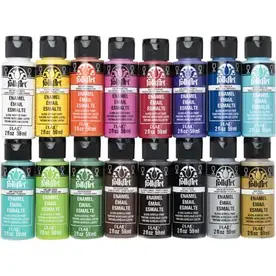
To remove gloss paint from glass using sanding, you will need to use fine-grit sandpaper and a sanding block or an orbital sander.
Here’s how to do it:
- Put on safety goggles and a dust mask to protect your eyes and respiratory system.
- Wrap the sandpaper around the sanding block or attach it to the orbital sander.
- Start sanding the glass surface with light pressure and circular motions. Be careful not to press too hard, as this can cause scratches.
- Continue sanding until the gloss paint is completely removed. You may need to switch to a finer-grit sandpaper for a smoother finish.
- Clean the glass surface with a damp cloth to remove any residue.
Scraping
Scraping is another mechanical method that can be used to remove gloss paint from glass. You will need a scraper tool with a razor blade or a glass scraper.
Here’s how to use scraping to remove gloss paint:
- Hold the scraper tool at a 45-degree angle and position it at one corner of the painted area.
- Gently apply pressure and push the blade under the paint layer. Be cautious not to scratch the glass surface.
- Continue scraping along the painted area, applying consistent pressure, until the paint starts to lift off.
- Use a damp cloth to wipe away the removed paint and any debris.
- Repeat the process until all the gloss paint is removed.
Heat Gun
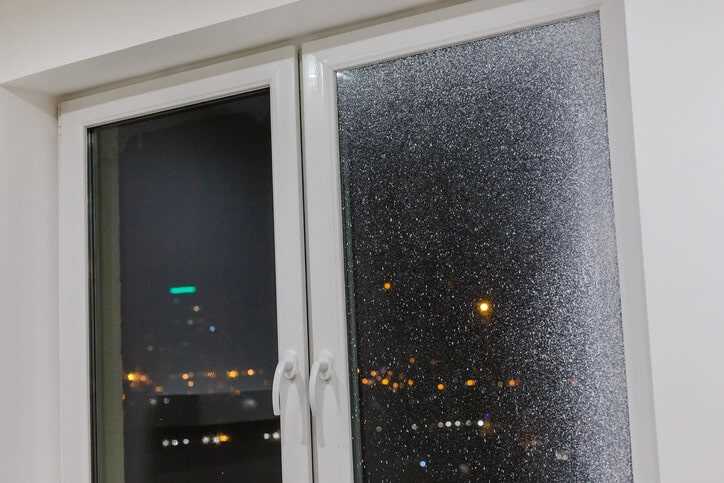
Using a heat gun is another mechanical method that can be effective in removing gloss paint from glass. However, this method requires caution as excessive heat can damage the glass.
Follow these steps to remove gloss paint using a heat gun:
- Put on heat-resistant gloves and safety goggles to protect yourself.
- Set the heat gun to a low or medium heat setting.
- Hold the heat gun about 4-6 inches away from the painted area and move it back and forth to evenly distribute the heat.
- As the paint begins to soften, use a scraper or a putty knife to gently scrape it off the glass surface.
- Be careful not to leave the heat gun in one spot for too long, as this can cause the glass to crack or shatter.
- Clean the glass surface with a damp cloth to remove any remaining paint or debris.
| Method | Pros | Cons |
|---|---|---|
| Sanding |
|
|
| Scraping |
|
|
| Heat Gun |
|
|
Natural Remedies for Removing Gloss Paint from Glass
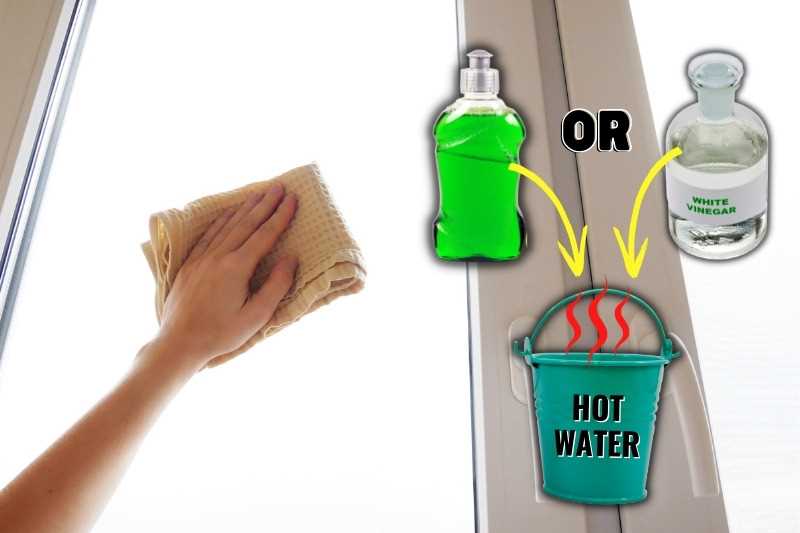
1. Vinegar
Vinegar is a natural cleaning agent that can help remove gloss paint from glass surfaces. Simply mix equal parts white vinegar and warm water in a spray bottle. Spray the mixture onto the painted glass and let it sit for a few minutes. Use a sponge or soft cloth to scrub the paint away. Repeat the process if necessary.
2. Baking Soda
Baking soda is another effective natural remedy for removing gloss paint from glass. Make a paste by mixing baking soda with a small amount of water. Apply the paste to the painted glass and let it sit for a few minutes. Use a sponge or soft cloth to scrub the paint off. Rinse the glass thoroughly with water.
3. Rubbing Alcohol
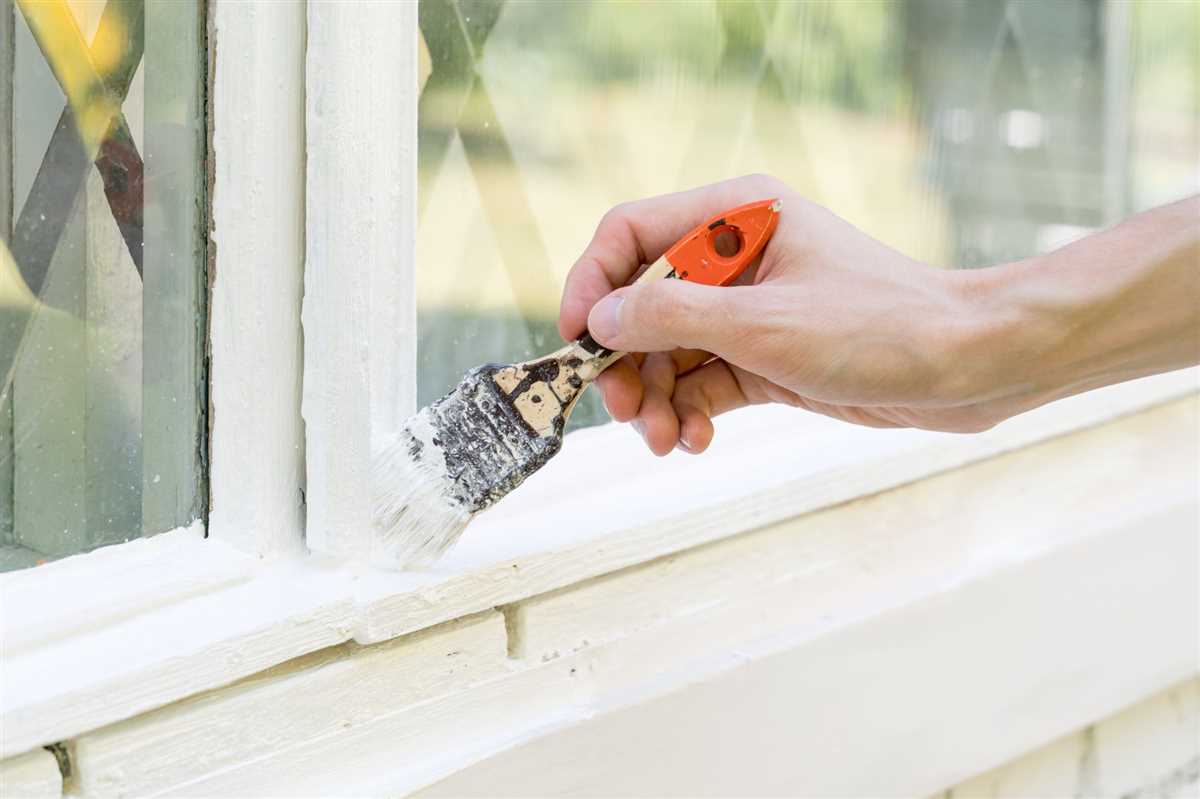
Rubbing alcohol, also known as isopropyl alcohol, can be used to remove gloss paint from glass. Moisten a cotton ball or pad with rubbing alcohol and gently rub it on the painted glass. The paint should start to dissolve. Continue until all the paint is removed. Rinse the glass with water to remove any residue.
4. Acetone
Acetone is a strong solvent that can effectively remove gloss paint from glass. Apply a small amount of acetone to a clean cloth or sponge and gently scrub the painted glass. Be cautious when using acetone, as it is flammable and can cause irritation. Make sure to work in a well-ventilated area and take necessary safety precautions.
5. Razor Blade
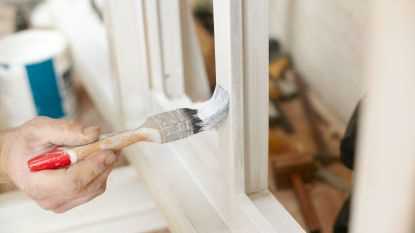
If the above natural remedies do not work, you can try using a razor blade to scrape off the gloss paint from the glass. Hold the blade at a 45-degree angle and carefully scrape the paint off the surface. Be careful not to scratch the glass. Clean the glass with a mixture of soapy water to remove any remaining residue.
Remember to always test any natural remedy or chemical solvent on a small, inconspicuous area of the glass first to ensure there are no adverse effects. Additionally, it is important to wear gloves and protective eyewear when working with chemical solvents.
FAQ
What are some effective techniques for removing gloss paint from glass?
One effective technique for removing gloss paint from glass is to use a razor blade or scraper to carefully scrape off the paint. Another technique is to use a solvent or paint thinner to dissolve the paint, and then wipe it away with a cloth or sponge. Additionally, you can try using a mixture of baking soda and water to scrub away the paint.
Is it possible to remove gloss paint from glass without damaging the glass surface?
Yes, it is possible to remove gloss paint from glass without damaging the glass surface. By using a razor blade or scraper, you can carefully scrape off the paint without scratching or damaging the glass. It is important to be gentle and take your time when using this technique.
Are there any natural methods or remedies for removing gloss paint from glass?
Yes, there are natural methods and remedies for removing gloss paint from glass. One natural method is to use a mixture of vinegar and water to soften the paint, and then gently scrape it off with a razor blade or scraper. Another natural remedy is to use rubbing alcohol or nail polish remover to dissolve the paint, and then wipe it away with a cloth or sponge.
Can I use a heat gun to remove gloss paint from glass?
Using a heat gun to remove gloss paint from glass is not recommended. The high temperature produced by a heat gun can cause the glass to crack or shatter. It is safer to use other techniques, such as scraping or using solvents, to remove the paint from glass.
What safety precautions should I take when removing gloss paint from glass?
When removing gloss paint from glass, it is important to take safety precautions. It is recommended to wear gloves and eye protection to protect your skin and eyes from any chemicals or sharp tools. Make sure to work in a well-ventilated area to avoid inhaling any fumes. If using solvents or chemicals, follow the instructions and warnings on the product label.
How long does it take to remove gloss paint from glass using these techniques?
The time it takes to remove gloss paint from glass using these techniques can vary depending on the amount and thickness of the paint, as well as the specific technique used. It can take anywhere from a few minutes to several hours to completely remove the paint. It is important to be patient and thorough to ensure the best results.
Can these techniques be used to remove other types of paint from glass?
Yes, these techniques can be used to remove other types of paint from glass. Whether it’s acrylic paint, enamel paint, or latex paint, the scraping, solvent, and scrubbing methods can be employed to remove the paint. However, it is important to consider the specific characteristics of the paint and adjust the technique accordingly to avoid any damage to the glass.















